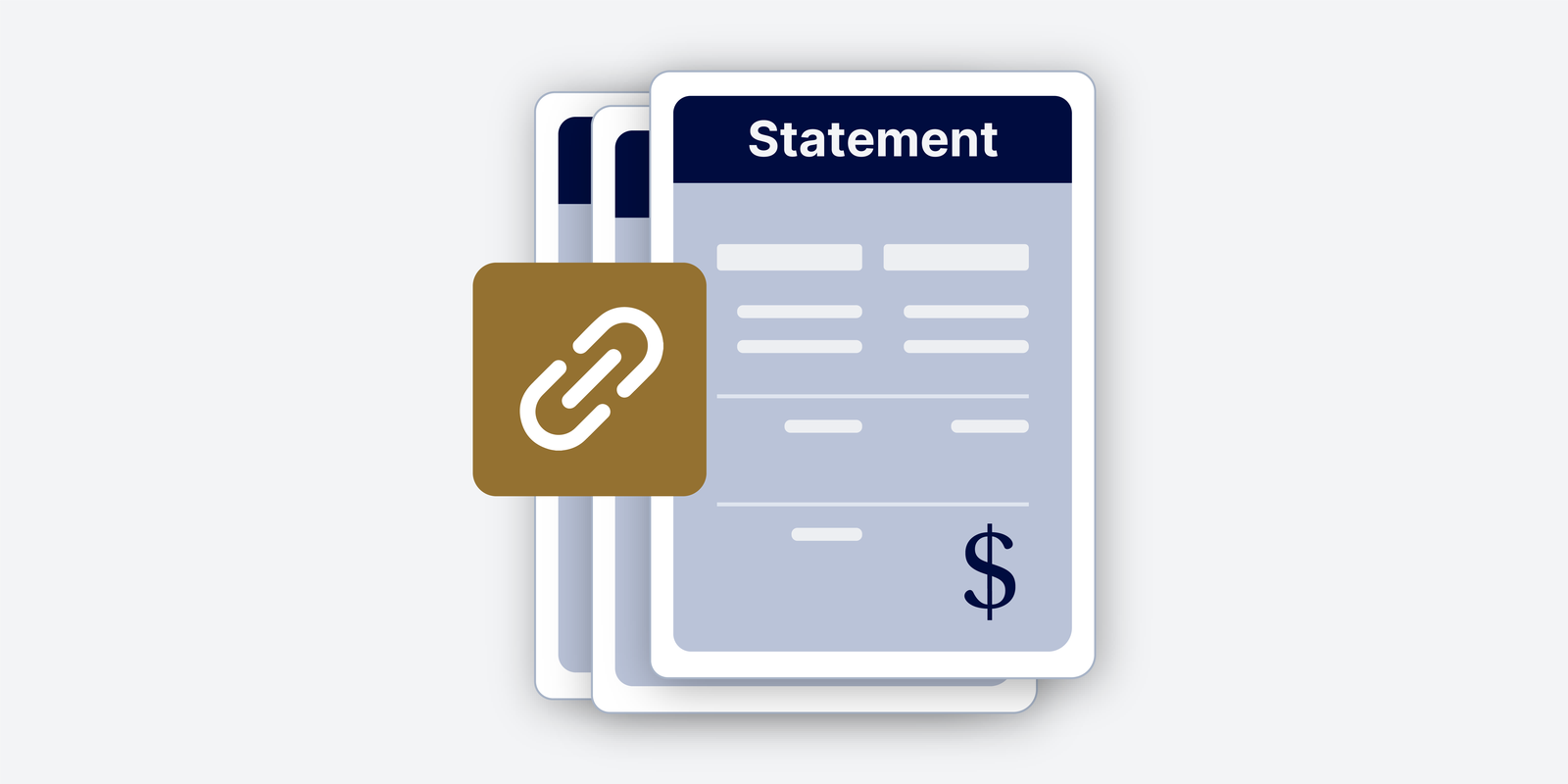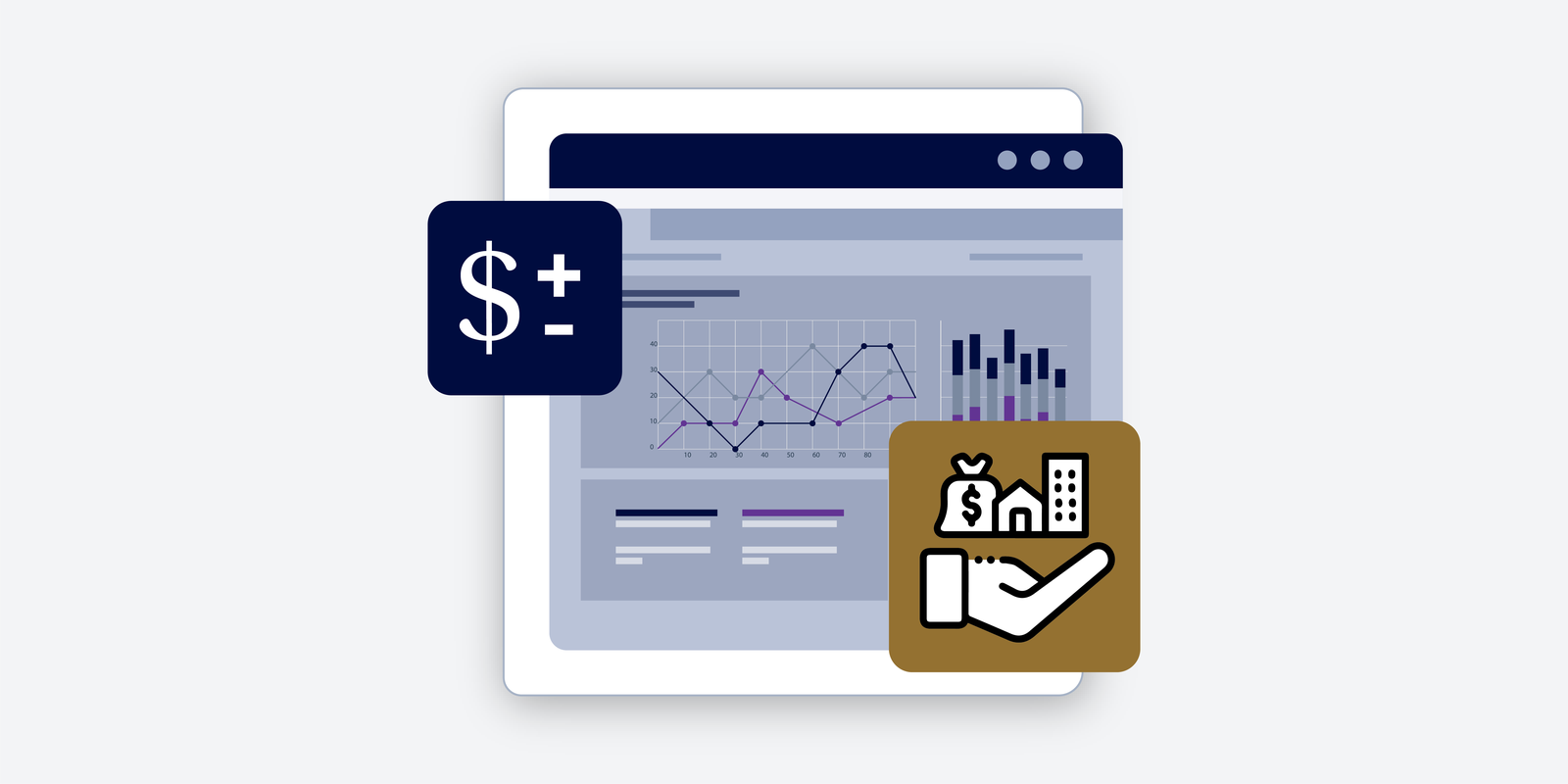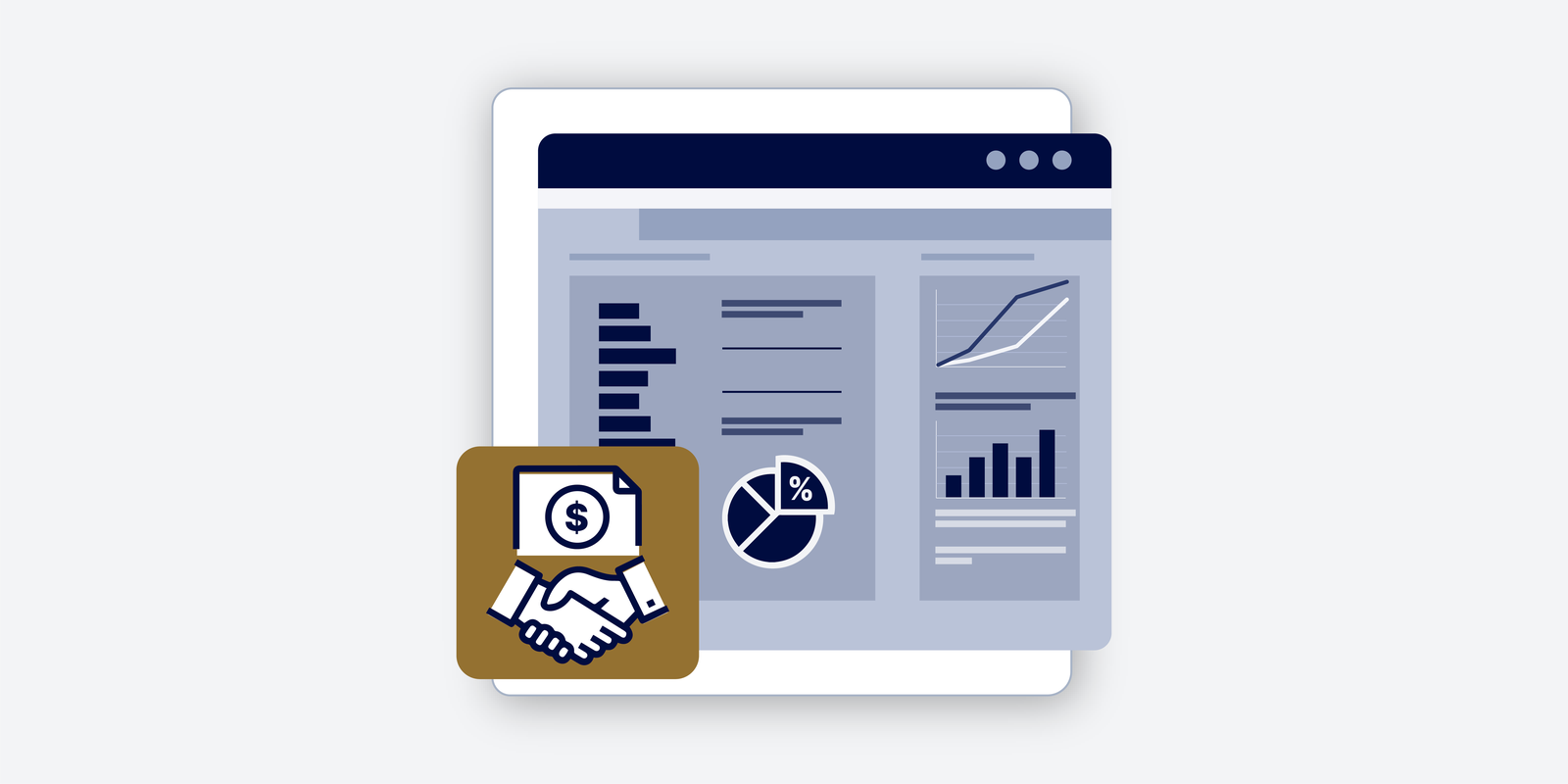Corporate Finance Explained | Navigating High Interest Rate Environments
How High Interest Rates Are Reshaping Corporate Finance Strategy
In this episode of Corporate Finance Explained on FinPod, we explore how high interest rates are transforming the decisions corporate finance teams make every day, from capital budgeting to debt management and strategic planning.
For FP&A professionals, finance leaders, and decision-makers navigating today’s economic uncertainty, understanding these shifts is essential to staying proactive, strategic, and resilient.
Transcript
All right. Welcome in everyone. Kicking off another deep dive here. Indeed. And, uh, today we’re tackling something that’s, uh, pretty front of mind for a lot of businesses right now, right? Absolutely. It’s corporate finance in a high interest rate environment. Yeah. So you shared some really interesting resources with me, uh, looking at, you know, how companies are responding to this, this kind of new reality. Right. Um, some really sharp strategic thinking for finance professionals, you know, folks like yourself, and really some frameworks for thinking about how to navigate these, these higher rates. Yeah. Yeah.
(…)
So our goal today is to, you know, I think really dig into the, the sort of meat of the strategic implications here, understanding how companies are adapting their approaches and really what that means for the work that you, that you do every day. Yeah. It’s, it really is a pivotal moment and, uh, grasping these changes is, is far from just theoretical. It directly shades the decisions that are being made across all facets of corporate finance. Um, what’s particularly interesting to me is, is just how interest rates ripple through so many core elements of a, of a business. Okay.
(…)
Yeah. Let’s, let’s start with the basics, but let’s go a bit deeper. Okay. Like why are interest rates so, so critical in, in corporate finance? Right. You know, most people probably just think of them as, you know, the cost of borrowing money, right? Like I’m taking out a loan and. Oh, I’ve got to pay this interest rate. That’s the immediate impact certainly. Uh, but the effect is much broader. Okay. Interest rates are a fundamental component of a company’s cost of capital. Right. Essentially the return a company needs to generate on its investments to satisfy its investors and lenders. Yeah. Um, and this cost of capital is a key input in crucial decisions like company valuation and determining if a capital project makes financial sense through capital budgeting. So it’s not just that loans become more expensive. Higher interest rates actually raise the bar for what qualifies as a worthwhile investment for a company.
(…)
Exactly. Higher rates mean borrowing is more costly, no doubt. Right. But they also influence what returns investors expect. Okay. In a higher interest rate environment, investors might demand greater returns, which in turn increases the overall hurdle rate, uh, the minimum acceptable rate of return for new projects. Got it. So a project with an IRR that looked promising when interest rates were low might no longer clear that higher hurdle. Right. And that leads to a really key question, you know, how do companies accustomed to over a decade of inexpensive capital adjust to this new landscape? Yeah. I mean, it really does feel like a turning point for some sectors in particular. Right.
(…)
You know, the, the sources mentioned, uh, real estate investment firms and high growth tech companies. Yes. Um, what, what are some of the pressures that they’re likely to face that are maybe unique to their industries? It’s intriguing that both of these seemingly disparate sectors can encounter similar challenges. Right. Um, real estate firms often rely heavily on debt financing for their projects. Right. Refinancing that debt at significantly higher rates can severely compress their profit margins, right? For high growth tech companies, many of their valuations were built on projections of future earnings. Yeah. Discounted back to the present using lower rates. Makes sense. When discount rates rise, those future earnings become less valuable in today’s terms, potentially making previously attractive expansion plans less appealing based on their IRR and NPV analysis. Right. Yeah. That’s like the fundamental math of investment gets recalibrated. Exactly. When you shift the interest rate environment. Right. Um, okay.
(…)
So let’s, let’s shift gears a bit now and talk about how this impacts a company’s capital structure. Okay. Um, you know, that, that blend of debt and equity that they use for funding. Precisely. As the cost of debt increases, companies naturally reassess that debt equity mix. You generally observe a move towards more conservative capital structures during these periods. And what, what does that mean in a more practical sense? Like, what does a more conservative capital structure look like? Typically, it involves reducing the reliance on debt. Companies might prioritize using internally generated funds for investments instead of borrowing. Got it. We could also see some considering equity raises, despite the potential dilution for existing shareholders as a way to strengthen their balance sheets and decrease their debt burden. Okay. And so if we link this to the bigger picture, it’s about enhancing financial stability, right? Right. You know, taking steps to, to fortify the business.
(…)
Yeah. The, the example of Ford Motor Company and the materials was, was really interesting. Yeah. Uh, you know, even after strategically refinancing debt during low interest periods, they’re now really emphasizing cash preservation and, and minimizing their exposure to variable rate debt. Yes. That seems like a very forward thinking strategy. Absolutely. Even well-managed companies are taking extra precautions. Right. The focus on reducing variable rate debt is crucial because those interest payments can fluctuate with market rates, adding greater uncertainty in a high rate environment. Yeah. Okay.
(…)
So companies are, are being more cautious about taking on debt. Mm-hmm. Um, and they’re being more selective about their investments. Yes. But what, what are some of the specific tools that corporate finance teams have available to them to actively manage the interest rate risk that they’re facing? This is where proactive risk management becomes essential. Yeah. Uh, the resources you shared point to several key strategies. Mm-hmm. One of the most vital is hedging using financial derivatives. Okay. Such as interest rate swaps. All right. So let’s, let’s unpack that a little bit. Okay. Interest rate swaps, I think for a lot of folks that, that might sound a little bit complex.
(…)
Sure. Can you break down what, what the core idea is there? Think of it this way. If a company has a loan where the interest rate fluctuates with the market. Okay. A variable or floating rate loan. Right. They can enter into a swap agreement with another party. Okay. Often a financial institution. Mm-hmm. The company agrees to pay a fixed interest rate to this counterparty. Got it. And in return, the counterparty covers their variable interest payments on the loan. The underlying amount on which the interest is calculated is called the notional amount. Mm-hmm. Effectively, it’s a way to transform a floating rate liability into a fixed rate one, offering protection against rising interest rates. So it gives you some predictability. Exactly. Got it. Right. Yeah. That makes a lot of sense. So, you know, in a, in a volatile interest rate environment, that can be incredibly valuable. For sure. For sure. You know, to have that stability. The, the sources also mentioned locking in debt at longer terms. Yes. And, and building detailed scenario models. Right.
(…)
How do those strategies play into managing risk? Locking in debt at fixed interest rates for longer durations achieves a similar outcome to interest rate swaps predictability of payments. Got it. By having a larger portion of their debt at a fixed rate. Companies are less susceptible to future increases in interest rates. Okay. And developing comprehensive scenario models within FP&A is crucial for understanding the potential financial impacts under various interest rate conditions. This allows companies to stress test their financial forecasts and prepare for a range of possibilities. Makes sense. Yeah. You know, it’s about being prepared. The Starbucks example of utilizing interest rate swaps was really interesting. Yes. To see how that actually plays out. You know, like it’s not just this theoretical concept. Companies are actually employing these tools. Right. And the point about accurate cashflow forecasting seems particularly critical in this environment.
(…)
Absolutely. In a high rate environment, having a clear understanding of the timing of your cash inflows and outflows becomes even more critical to ensure you can meet your debt obligations and avoid any liquidity issues. That makes sense. Precise cash flow forecasting is fundamental to all effective interest rate risk management strategies. Okay. So it seems like there are a lot of demands being placed on FP&A and Treasury teams. Yeah.
(…)
What are some of the shifts that you’re seeing in their roles and responsibilities in this kind of new landscape? You’ve highlighted a key shift. FP&A and Treasury functions are increasingly taking on a central and strategic role within organizations. Yeah. We’re seeing a greater emphasis on rigorous stress testing of financial forecasts. Right. Specifically analyzing various interest rate scenarios. Got it. This goes beyond simply creating a best case forecast. Yeah. It involves understanding the sensitivities and potential vulnerabilities under different rate environments. So it’s not just about crunching the numbers and linking the spreadsheet. It’s about really thinking through the different possibilities.
(…)
Exactly. It’s about being proactive rather than reactive. Yeah. And the communication aspect must be more important than ever. Yes. You know, these teams need to be able to clearly communicate the risks and opportunities associated with different funding strategies. Yes. To, you know, executive leadership, to the board of directors. Precisely. Enhanced communication is paramount. Yeah. Finance teams need to be able to articulate funding strategies. The rationale behind hedging decisions and the potential impact of interest rate movements is presented in a clear and understandable manner to stakeholders across the organization. Yeah. Not just those with a finance background. Right. Right.
(…)
Furthermore, the sources underscore the importance of stronger collaboration between FP&A and Treasury. Effectively managing a company’s debt portfolio and mitigating interest rate risk requires these two functions to be tightly integrated. It sounds like the role of these teams is evolving from, you know, primarily reporting historical data to more proactively providing insights that, you know, can inform critical business decisions. Exactly. It’s a transition from a more reactive stance to a proactive and strategic one. Yeah. They need to be thinking several steps ahead. Right. Considering the long-term cost implications of current decisions and how fluctuations in interest rates could impact the business’s trajectory.
(…)
So for those of you listening in, as you navigate your own responsibilities in corporate finance, what are some of the key takeaways that we’ve discussed today in this high interest rate environment? What’s truly insightful is that the strategies we’ve discussed, discipline, capital, allocation, active risk management through hedging and prudent bet structuring, these aren’t just abstract concepts relevant to large corporations. Right. They offer valuable lessons that you can apply within your own sphere of influence, regardless of the size of your organization. I think that’s a really important point. You know, it’s about adapting these principles to your specific context. Yeah. Understanding how these shifts affect not only borrowing costs, but the entire financial strategy provides a much deeper comprehension of the current economic climate. It really does underscore this renewed emphasis on efficiency and strategic financial planning.
(…)
Absolutely. It’s a consistent theme throughout all of this. Yeah. And I think, you know, considering how that renewed focus might impact your own work, right? And how you can contribute to your organization’s resilience in this environment is a key consideration. This prompts an important question for you to ponder. How can you contribute to more robust scenario planning within your team? Yeah. How can you foster clearer communication about interest rate risks with your colleagues and stakeholders? Yeah. And what potential opportunities might emerge in this environment for companies that are well prepared and agile? That I believe is a critical area for further reflection and exploration.
(…)
Excellent. Well, this has been a fantastic conversation. Really insightful. Thank you. You know, appreciate you taking the time to share your expertise. My pleasure. And for everyone listening in, thanks for joining us for another deep dive. Indeed. We’ll catch you next time. Sounds great.





